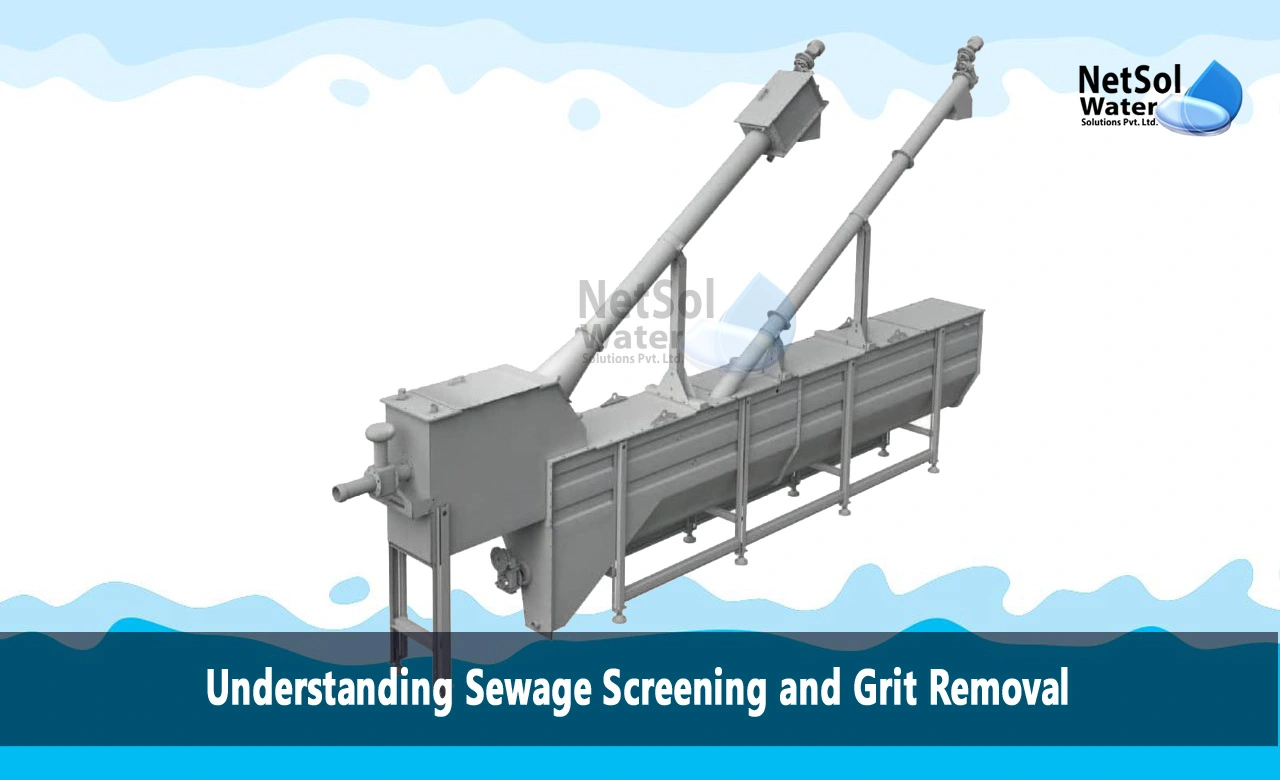What is Sewage Screening and Grit Removal?
Sewage treatment plants have the critical job of cleaning wastewater before it is released into the environment. Several steps are involved in treating sewage, with screening and grit removal being among the first and most crucial processes that raw influent wastewater undergoes—understanding how screening and grit removal work provides insights into how sewage treatment plants function.
What is Sewage Screening?
Sewage screening is the first treatment process used at treatment plants. It involves passing the incoming wastewater through screens to remove large solid materials like plastics, rags, sticks, newspaper and other coarse particles. Screens come in different sizes - coarse screens have openings of 6mm-100mm, while fine screens have slots less than 6mm.
Coarse screening is done initially to remove large floatable solids that could damage pumps and clog pipes later in treatment. Fine screening further sieves the sewage to removemore minor suspended matter. The screens catch debris and solids while allowing water and small particles to pass through. This filtering process prevents damage to delicate equipment down the treatment facility line.
Types of Screens Used
Sewage treatment plants often use automated mechanical screens that continuously clean themselves. Different types include:
1- Trash racks - metal grids made of steel/iron bars spaced 15-100mm apart
2- Bar screens - metal bars spaced 15-60mm apart and inclined at an angle
3- Step screens - vertical bars spaced 15-50mm apart arranged in a stair-like manner
4- Continuous band screens - endless moving screens that rotate to clean themselves
5- Comminutors - these shred rather than sieve debris into smaller pieces
Grit Removal Process
After screening, grit removal takes place. Grit refers to denser inorganic particles like sand, gravel, cinder, eggshells and seeds that tend to settle at the bottom of channels. Removing grit early on prevents abrasion and wear of mechanical parts within the plant.
Many sewage plants use horizontal flow grit chambers where velocity is controlled so only heavy grit settles while lighter organic solids stay suspended. Velocity reduction allows gravity separation to occur. Other approaches include aerated grit tanks, cyclone degritters and grit classifiers—these work by inducing a centrifugal motion, allowing grit to fall into a collector.
Removing Accumulated Screenings and Grit
Screenings collected on the bars/meshes must be periodically raked off and washed into a grinder or compactor. If disposed of untreated, solid waste is putrefied, creating septic conditions. Incineration, composting and sanitary landfilling are disposal methods.
Deposited grit is also repeatedly removed, washed and dewatered before proper disposal. Efficient grit handling prevents reentry into the liquid stream. Well-designed screening and grit infrastructure minimises the amount reaching subsequent treatment units - reducing potential problems and maintenance costs.
Conclusion
Preliminary screening and grit removal prepare the raw sewage for further treatment by removing materials that could damage plant equipment. Screening clears large floating and suspending solids, while grit removal isolates dense inorganic solids. Proper equipment selection and operation arecrucial to optimising these first critical wastewater treatment processes. Understanding how sewage is screened, and grit removed provides a foundation for learning about subsequent sewage treatment steps.
Do you need an advice or assistance on selecting the best water and waste water treatment unit? We have solutions for all your problems!
Let us know your problem, our experts will make sure that it goes away.
For an assistance or related query,
Call on +91-965-060-8473 Or write us at enquiry@netsolwater.com



